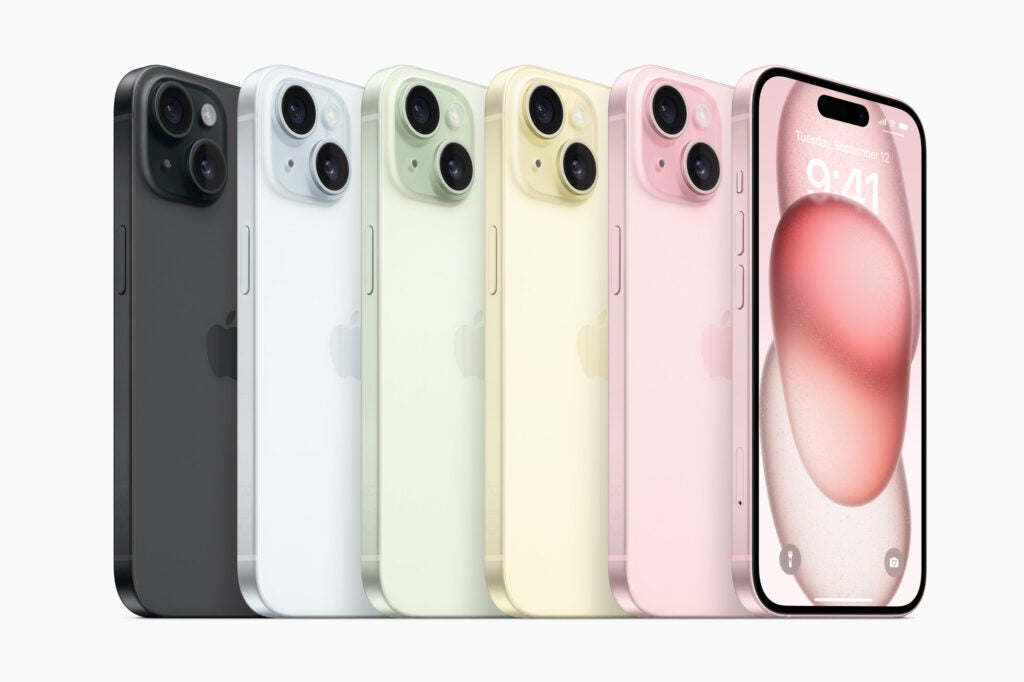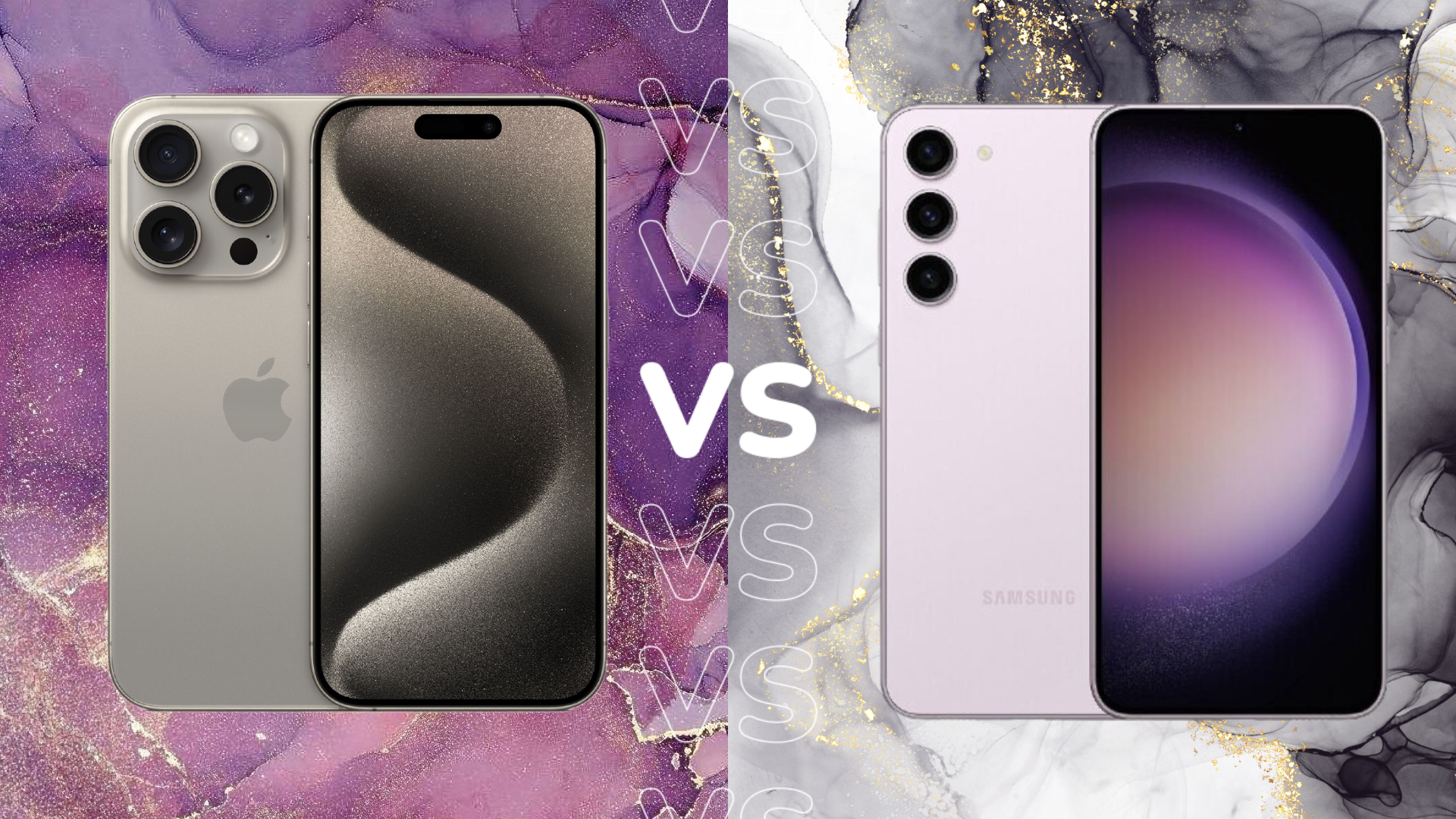iPhone 15 Plus vs Samsung Galaxy S23 Plus: Who did it better?

Apple went all in on the announcement for the iPhone 15 series, but can it stack up to what’s already on the market?
The Apple Wonderlust event brought a lot of new hardware to the forefront. Most notably, the iPhone series has been expanded to include the iPhone 15, iPhone 15 Plus, iPhone 15 Pro and the flagship iPhone 15 Pro Max.
With a brand new batch of Apple handsets released into the wild, it’s worth checking if they can actually compete with what’s already on the market.
We’re going to be running through all the key differences you might not know about between the iPhone 15 Plus and Samsung Galaxy S23 Plus so you can decide whether you go Android or iOS.

Pre-order the new iPhone 15 range at Box
The complete iPhone 15 range is now available to pre-order sim free at Box from just £799. Includes iPhone 15/15 Plus and Pro/Pro Max
- Box
- All colours! All variations!
- from £799 – £1,599
The S23 Plus has the iPhone 15 Plus beat on refresh rate
Apple decked out the iPhone 15 Plus with an impressive 6.7-inch Super Retina XDR OLED display, with a 2796×1290 resolution. It comes with Dynamic Island – previously featured on the iPhone 14 Pro and Pro Max – which gives surface-level information about your device, replacing the notch at the top of the screen.
Samsung opted to use a smaller, 6.6-inch panel. It comes with Dynamic AMOLED 2X technology and has a Full HD+ (2340×1080) resolution. Using the S23 Plus in bright situations was perfectly doable and we were able to zip through apps without any stuttering.
The biggest difference is that while the S23 Plus is able to ramp its refresh rate up to 120Hz, the iPhone 15 Plus remains locked to 60Hz.

A16 Bionic vs Snapdragon 8 Gen 2
If you want an in-depth look at how these two chipsets differ, then take a look at our dedicated explainer, but we will be going over some of the key points here. As with most things Apple, the A16 Bionic is an exclusive chipset, only featured on the iPhone 14 Pro, iPhone 14 Pro Max and now the iPhone 15 and iPhone 15 Plus.
The A16 Bionic comes with a 6-core CPU and 5-core GPU. Apple claims that this chip benefits from 50% more memory bandwidth. It is built on a 4nm process node, allowing for 16 billion transistors to be crammed in it.
Qualcomm packed out the Snapdragon 8 Gen 2 with the Adreno GPU, which enables support for Unreal Engine 5 and photorealistic human characters with Metahuman. From our experience, both chips can handle graphically intensive workloads, like gaming, and breeze through day-to-day tasks, making them both capable options.
Both have lots of megapixels to play with
One of the biggest gripes we had with the iPhone 14 and iPhone 14 Plus was the basic 12MP main camera. Thankfully, Apple seems to have learnt from this mistake, as both new handsets come with an impressive 48-megapixel main sensor alongside a 12MP telephoto lens.
Samsung went even further with the Galaxy S23 Plus, decking it out with a 50MP main sensor, 10MP telephoto lens and 12MP ultrawide sensor. Overall, we found that all cameras performed very well during use, although each camera did work best when used in lighter situations as the image quality tended to fade when it was too dark.

USB-C charging for everyone
Something we all saw coming was the switchover from Lightning cables to USB-C; due to a new law implemented by the EU with the aim of reducing waste, Apple has been forced to shun its exclusive charging solution in favour of a more traditional approach.
The Galaxy S23 Plus also uses USB-C. Compared to Lightning, USB-C is a lot more convenient and comes with much faster data transfer times, which will make both handsets even more powerful.








